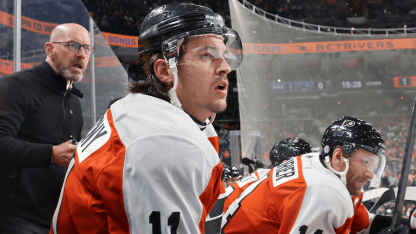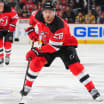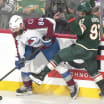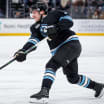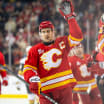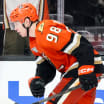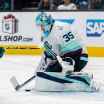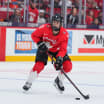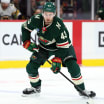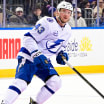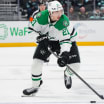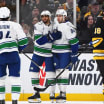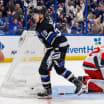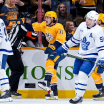The Philadelphia Flyers failed to qualify for the Stanley Cup Playoffs for the fourth consecutive season.
The Flyers were eliminated from contention with a 2-1 loss to the Washington Capitals at Wells Fargo Center on Tuesday.
Philadelphia held a spot in the postseason from Dec. 4 until a 6-3 loss at the Columbus Blue Jackets on April 6, the seventh of eight straight losses (0-6-2) from March 24-April 9.
Here's a look at what happened in the 2023-24 season for the Flyers and why things could be better next season.
The skinny
Potential unrestricted free agents: Denis Gurianov, F; Erik Johnson, D; Marc Staal, D; Ivan Fedotov, G
Potential restricted free agents: Bobby Brink, F; Adam Ginning, D; Egor Zamula, D
Potential 2024 Draft picks: 10
What went wrong
Power play: The Flyers power play was last in the NHL last season at 15.6 percent and is last again this season at 12.2 percent. Zone entries were an issue, as was puck movement to open lanes for shooters to quickly get pucks on net to create rebounds and traffic. And when they were able to get the puck to the net, their lack of size up front made it difficult to take advantage of those opportunities. Different players were shuffled into different spots throughout the season with only occasional success. Assistant coach Rocky Thompson, who has overseen the power play in his two seasons on the staff, said after a 3-2 win against the San Jose Sharks on March 12, "Our power play stinks ... it's been a work in progress all year."
Shot quality: Philadelphia averaged 33.0 shots on goal per game and 51.6 shot attempts at 5 on 5 per game. But it's the quality of those shot attempts that has been an issue. According to NHL EDGE stats, the Flyers rank fifth in the League in shots on goal from mid-range and sixth from long range, but they are below the 50th percentile for high-danger shots, and their 17.0 percent shooting percentage on high-danger chances also is below the 50th percentile. In addition, they had a 7.7 percent shooting percentage at 5 on 5, tied with the Seattle Kraken and Florida Panthers for the fourth lowest in the NHL. Philadelphia has dangerous shooters, among them forwards Owen Tippett, Travis Konecny and Tyson Foerster, but most goalies are too good to be beaten consistently from distance, leading to an inconsistent offensive attack.
Lack of experienced depth: The Flyers have one of the younger rosters in the NHL, with Tippett (age 25), Joel Farabee (24) and Morgan Frost (24) among their top-five point producers and Tippett, Farabee and Tyson Foerster (22) among their top four goal scorers. But of that group, they have a combined 18 games of playoff experience -- 12 for Farabee and six for Tippett. Frost, Foerster, forward Noah Cates (25) and defensemen Jamie Drysdale (22), Cam York (23) and Egor Zamula (24) never have played in the NHL postseason. Philadelphia management talked about how important it was for their younger core players to play in important late-season games, but that lack of experience showed during the eight-game skid that proved costly to their playoff hopes.
Reasons for optimism
Culture growth: Coach John Tortorella felt a significant piece of the on-ice success this season was a direct result of the growth of the group off the ice. Philadelphia had a more committed group with a full buy-in to the way the coaching staff wanted them to play. At their best, the Flyers played fast and focused on killing plays in the neutral zone to quickly transition to offense while also leading the NHL in blocked shots (1,533). It was a difficult approach to take, but for most of the season it worked, and showed the players it can be a successful one moving forward.
